
Volvo S90 Saloon (2016-2023) long-term test
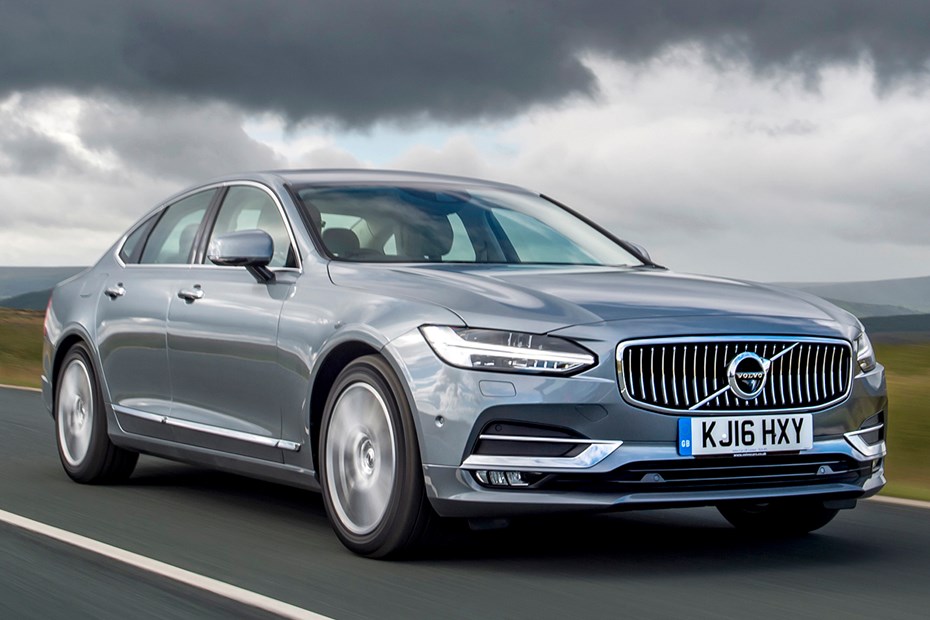
Update 1: Collection of our used Volvo S90 Inscription D5 PowerPulse AWD
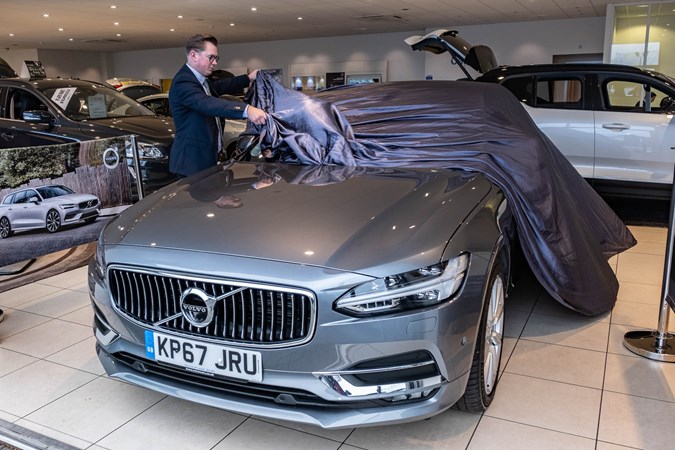
I’ve long had a soft spot for Volvos, almost certainly because many of my formative childhood years were spent on the back seat of a 1982 244 GLE, complete with black button-backed leather upholstery. So naturally, when the opportunity arose to run a year-old S90 as a long-termer, I snatched it very quickly.
What have we got?
Most of Parkers’ long-termers are brand new or ex-demonstration fleet models, but running a used car means collecting it via a dealership – in this case Stoneacre in Lincoln, where the 67-plate S90 Inscription D5 PowerPulse AWD had been part of the Swedish brand’s approved programme called Selekt.
Remarkably, Selekt will retail Volvos up to seven years old, which if purchased on a three-year finance deal would make them a decade old by the time they’re paid for – quite a statement regarding the faith in its own products.

In essence, the scheme is designed to make people buying a used Volvo feel as well looked after as those opting for a brand new one, without the overall expense. When brand new our S90 would have cost £42,055, but a number of options drove that further:
- Xenium Pack – electric glass sunroof, 360-degree surround view parking camera and automatic parking system: £1,750
- Winter Plus Pack – adaptive LED headlights with washers, LED front foglights with cornering function, electrically heated windscreen and washer nozzles and a heated steering wheel: £875
- Family Pack – two integrated booster cushions in rear seat, power child locks on rear doors and sun visors built into rear doors: £450
- Sensus Connect multimedia system with premium Bowers and Wilkins audio system: £3,000
- Apple CarPlay with two USB sockets: £300
- Electrically adjustable seat cushion extensions and side supports: £350
- 19-inch 10-spoke diamond cut alloy wheels: £700
- Metallic paint: £700
Overall, that would have worked out at £50,180, but fast forward 18 months and 6,000 miles and that had dropped to £27,995. Far more reasonable.
It’s a damn handsome looking four-door saloon, elegant in Osmium Grey metallic with the sombre Charcoal Nappa soft leather (no back-buttoning these days) for the interior. It’s on the dark side, although the wood trims add a bit of visual interest and that darkness inevitably hides a multitude of sins far better than the pale leather options.
What is Volvo Selekt?
Mechanics check over 150 points on Selekt-spec Volvos to ensure that they’re in as good a condition as possible before they’re released for sale – as mentioned before, it’s about giving a used car buyer a new car experience, right down to out S90 being unveiled in the showroom before we drove it off. A classy touch.
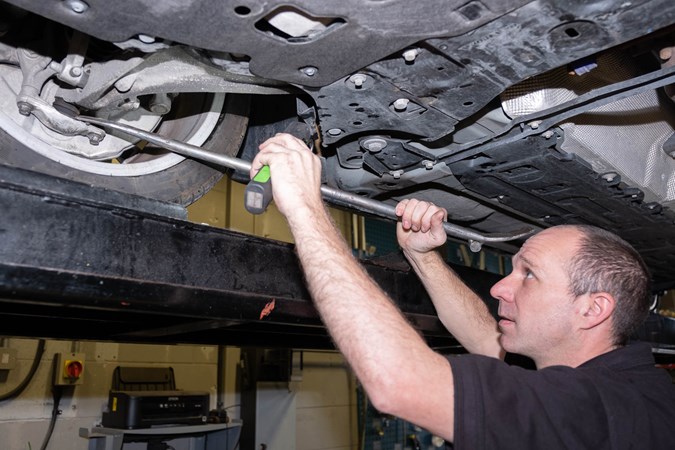
All used Volvos sold through Selekt come with 12 months roadside assistance cover, as well as an unlimited mileage warranty that lasts for your first year with the car. You won’t even pay for your first MOT with the car either.
And, for additional peace of mind, you’ve got 30 days or 1,500 miles to change your mind and exchange it for another used Volvo. Very comprehensive.

Once all the paperwork was signed and the car was driven out of the showroom, I was treated to a very thorough demonstration of the S90’s roster of features, most of which was spent navigating around the Sensus multimedia system. Apparently, for customers new to Volvos and dashboard-mounted touchscreens, this part alone can take an hour. Thankfully, mine took a tenth of that.
First impressions
Aside from the date on the plate and the odometer not being under 100 miles, there was nothing to suggest our S90 was anything other than brand new. It still felt tight, well-constructed and thank fully the excellent – and expensive – upgraded speakers were free from crackles from previous abuse.
Its D5 engine felt appropriately punchy – as it should with 235hp and 480Nm slew of torque from a lowly 1,750rpm. I wasn’t going to trouble its 145mph top speed, but the 7.0-second claimed 0-62mph was well within the realms of believability.
My main question mark surrounds the economy – are we really going to get close to the claimed 58.9mpg on the combined cycle quoted in the brochure? Probably not if that on-board urgency’s going to be provoked.
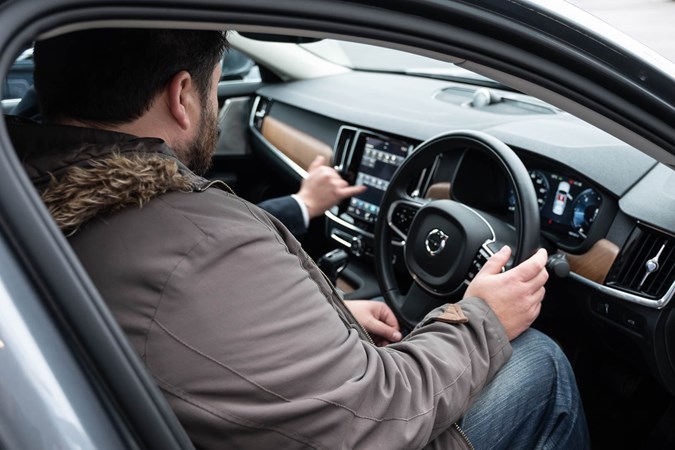
Update 2: Welsh adventure
What better way to get under a car’s skin than to take it on a long drive, something I had the opportunity to do with the S90 after just a few weeks.
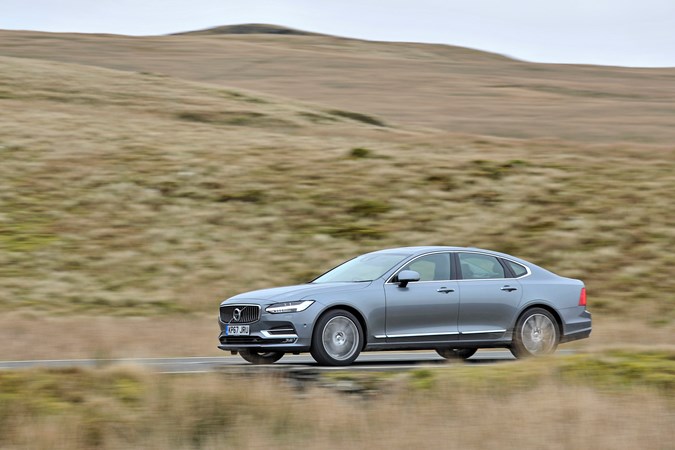
At suitable junctures, Parkers’ editorial team likes to get away for a day or two with our long-term test fleet, spending time behind the wheel of each others’ wheels. It’s also useful for observing which colleagues are cleaner than others: if crumbs are harbouring around the gearlever or there’s a layer of flaky pastry carpeting the centre console cubby, the culprits will be kept as far away as possible.
For this particular trip we headed to North Wales, exploring the winding, hilly routes in a variety of machinery. First, I had to get there.
Motorway mile muncher
Having driven a mixture of recent Volvos both with and without the adaptive suspension option, I suspected that a combination of the optional 19-inch rims and standard springing would spoil the S90’s overall abilities as a luxury saloon.
In truth, it’s far more at home plying motorways at a steady cruise – the adaptive system generally works very well even at urban speeds – where there’s little to disturb the ride quality’s equilibrium, except for occasional surface changes and ribbons of cats’ eyes.
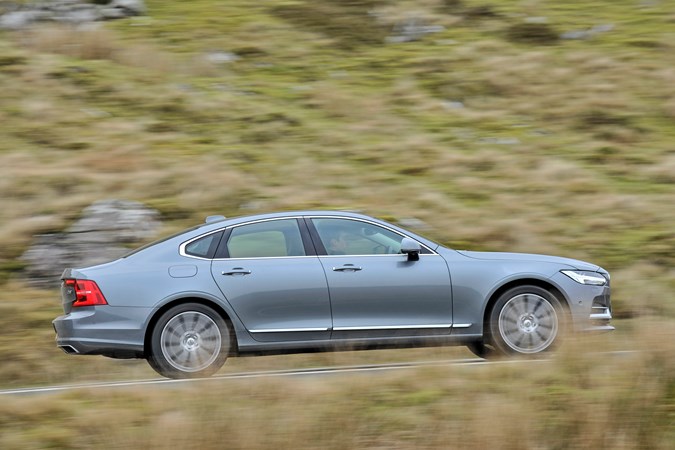
Soon you realise that the S90 creates a lot of bluster on such occasions – there’s considerable noise from the tyres and suspension as rougher surfaces are encountered – but the supportive seats ensure your body is appropriately cushioned from the harshness going on underneath.
Body control is well-maintained, with little floatiness experienced over smoother dips in the road surface, while the steering weights-up reassuringly as you navigate around high-speed slip road bends.
Less convincing B-road battleship
While I admire Volvo’s steadfast aim in not producing replicas of typical German executive saloons, if you want an upmarket four-door that feels engaging on a winding country road you are better off buying something from Audi, BMW, Jaguar or Mercedes-Benz.
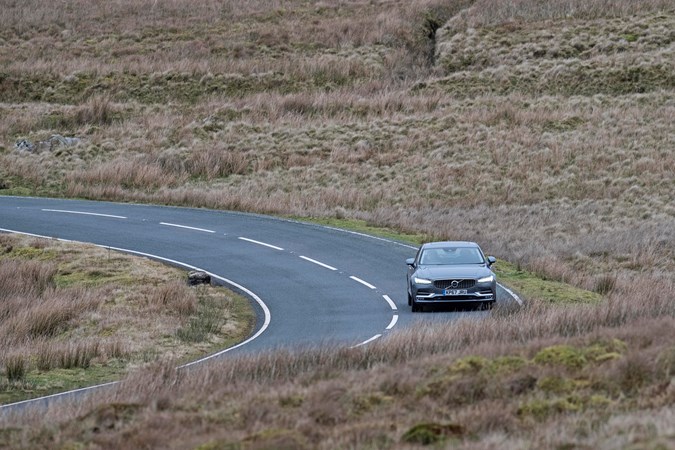
Let’s be clear here, the S90 is not woefully awful to drive on an exciting stretch of road, it’s just that it feels detached from the experience – as though the controls have been anaesthetised. Yes, the D5 with its standard-fit all-wheel drive system has plenty of traction in all but the slipperiest of conditions to ensure it corners impressively, but there’s little about how the car’s behaving that’s transmitted clearly and immediately to the driver. You soon realising you’re anticipating how it will behaving and driving around that accordingly.
Suddenly, the large-rims-and-non-adaptive-suspension combination makes the Volvo feel a bit cumbersome, lolloping about between quick turns this way and that, particularly if there are dramatic undulations tossed into the mix. Having driven similar stretches of asphalt in Volvos with the adaptive suspension option, it’s evident that they do feel more adept at tackling such roads with greater agility, being more immediate in how the body behaves, thus keeping driver and passengers more comfortable.
Light pollution
In recent years I’ve come to appreciate just how much better LED headlamps are over their older halogen or xenon counterpart and in normal driving conditions, the S90’s are excellent.
Where they cause consternation – something particularly apparent on the hilly Welsh routes we drove – was that the clever automatic main beam function wasn’t quite as sharp as it needed to be.

In essence, the headlamps are made up of dozens of individual tiny LEDs that can be switched on and off independently to keep the main beams illuminated as much as possible, only shutting off the brighter light to prevent dazzling other road users.
Great in theory, but the Volvo’s ones clearly annoy other drivers by not responding quickly enough. In fact, over the Welsh trip, it quickly became apparent that this was such an annoyance that I turned off the function, and resorted to switching them on and off manually.
This is clearly something that Volvo has since resolved: having driven a number of new models from the Swedish brand with similar-looking equipment, I’m not flashed by other drivers at all when I use the auto main beam – as soon as I’m back in the S90 it happens without fail.
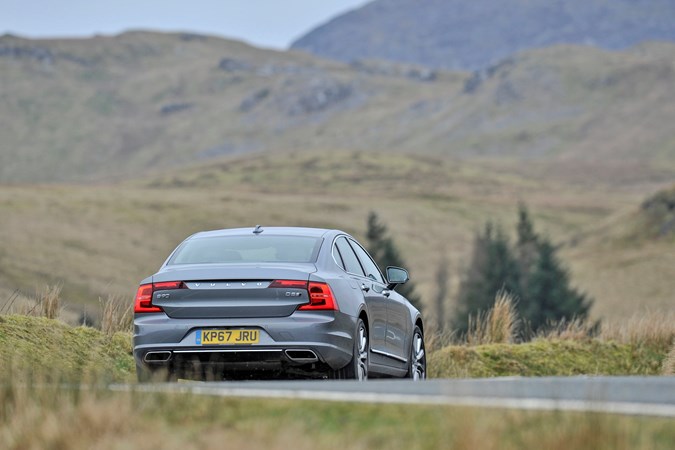
Update 3: Saloon practicality
On the face of it, I’d made the most fundamental of novice-like errors: I’d arrived at the flatpack furniture Mecca in a Volvo, but… IT’S A SALOON.
Now, it might be I’d simply gone to Ikea for a breakfast of beef and pork spheres, with no more than scant intention to purchase more than a gawdy coloured spatula and a pack of tea lights, but no, this was a serious shopping trip: I’d come to buy some (more) Billy bookcases, and I wasn’t leaving empty-handed.

Those of you who’ve followed my exploits on social media will be aware of my car literature and ephemera archive, housed within the shelves of (at that point) 16 of the aforementioned Billys. However, I needed four more, so of I ventured to Ikea in Sheffield. Other flatpack furniture retailers are available.
Will they fit?
Being a meticulous kinda guy, I’d already checked the box measurements and calculated that with the S90’s rear seatbacks folded over there was – theoretically – room to get four Billys into the Volvo.
Each cardboard container measures 205cm long, 29cm wide and 13 cm deep, meaning they’d require being inserted in a 2×2 formation.
Bookcases and a few other trinkets purchased, I manhandled the trolley back out to the S90, remotely popping open the electrically operated bootlid as a defiant confidence indicator to anyone who saw me approaching with the Billy quartet.
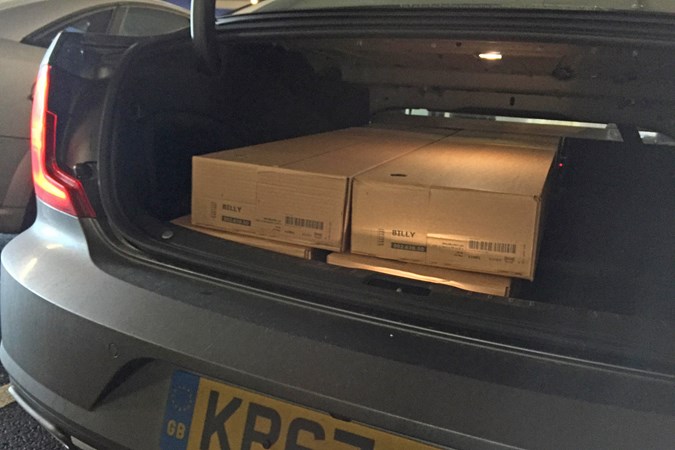
Open the nearside back door and on top of the parcel shelf are another couple of buttons to electrically release the seatbacks – they fold, well drop, down quickly, with the headrests neatly tucking themselves out of the way so as to not foul the back of the front seats.
At this point I realised the aperture through from the boot was more rounded than I’d expected. I looked at the boxes, then at the loadspace, then at the boxes, then at the guy loading up the Qashqai next to me who was giving me the side-eye.
Who needs an estate?
Sliding the first two boxes in was relatively easy – well, as easy as it is to single-handedly manoeuvre 35kg boxes over two metres in length – with the third just needing the front passenger seat being made more upright to give it some breathing room.
Box four was trickier, like a Masters Degree of Jenga Studies: that third box was sat across both of the first two boxes, rather than just immediately above the first one, courtesy of that aforementioned rounded-off slot. The accompanying grunts, gasps and sweats were worthy of a Sir David Attenborough narration, but with some cajoling – and pushing in at an oblique angle – I was there.
There was even enough space – and a useful lack of boot carpet friction – to slide all of the boxes a little to the right and line them up more evenly.
I even had space to go back and buy a new desktop for the secondborn’s bedroom, with the legs slotting neatly in the rear footwells to keep them relatively contained.
Sure, in the equivalent V90 estate, this would have been a much easier task, with an easier to access loadbay, but if you’re not into wagons, or simply don’t need such a large volume of space enough then the S90 goes a long way to prove there’s plenty of life in the saloon format yet.
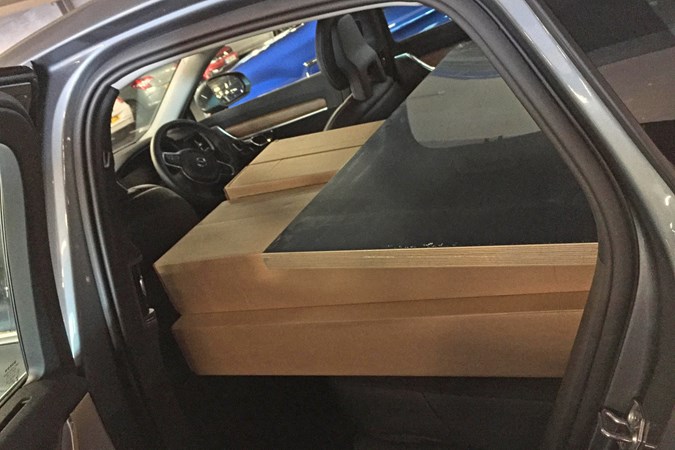
Update 4: Crash, but no whiplash
Volvo and safety go together like Agnetha and Anni-Frid, Benny and Bjorn, and, erm, Marie and Per (Roxette, to save you from heading off to Google). It’s difficult to think of one without the other.
Sure, other manufacturers have also done much to make safety advancements that have transcended the car industry, but it’s Volvo that made a marketing virtue of it long before it was a commodity that the car buying public cared that much about.
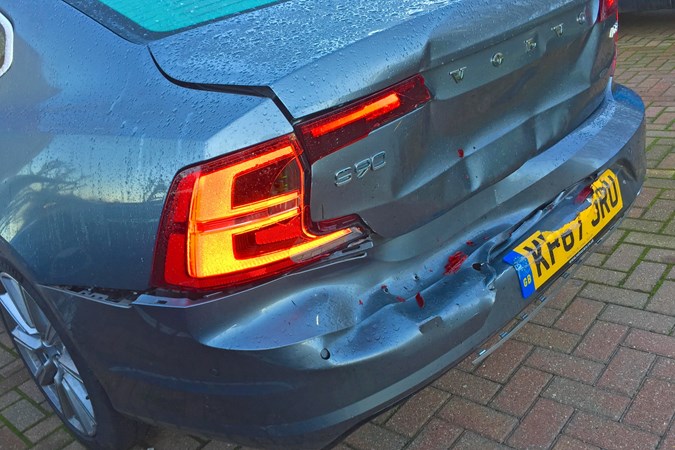
I was happy to take the S90’s inherent strength as a given, rather than putting it to the test first hand, but one fateful evening in concertinaing traffic on the A1 I was clouted from behind.
Accidental approach
We’ve all seen countless near-misses, where a line of traffic begrudgingly grinds to a halt with an approaching driver from behind – not paying full attention – braking at the last possible moment and somehow stopping just millimetres short of reshaping the bumpers of all concerned. Except this time I wasn’t so lucky.
Sat stationary in the dark, the headlamps of an SUV loomed large in my rear-view mirror very quickly. As I half-heartedly braced myself not really expecting an impact, there was enough ambient light for me to see the driver’s facial expression turn to one of panic. I closed my eyes and what felt like an eternity later – it was undoubtedly less than a second on reality – I was rammed from behind with all the ensuing noise and jolt you’d expect.
My foot was already depressing the brake pedal as I was sat still before the impact, so I didn’t get shunted too far forwards as a result of the collision, but I crept a little further forwards towards the central reservation barrier and got out to check the guy who’d hit me was fundamentally okay. He was – as was his dog, harnessed securely on the front passenger seat.
Dealing with the aftermath
Establishing that both the S90 and the Land Rover Discovery Sport that had remodelled its hind quarters were driveable, we safely made it across to a parking layby on the left of the carriageway and exchanged details.
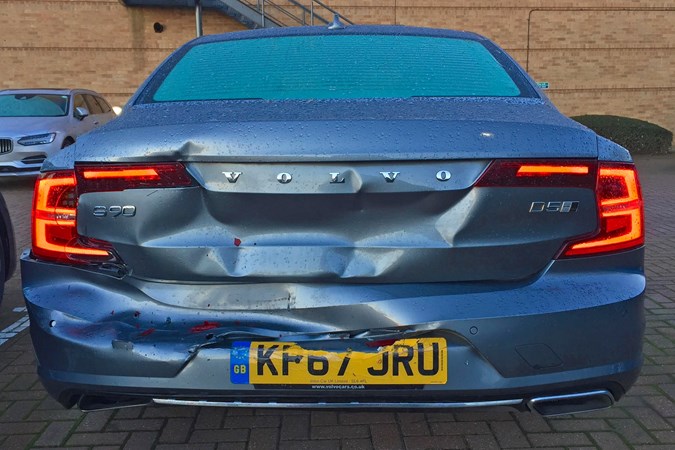
Aspects to keep in mind if you’re unfortunate enough to have an accident are to obtain the other party (or parties’) names, addresses and – if possible – insurance details, along with registration numbers and lots of photos of the damage to all of the vehicles involved. Also, keep notes of anything that’s expressed by anyone involved – insurance companies will require as much detail as you are able to supply, so don’t consider any detail to small.
However, in addition to all of that, try and be as calm as you can and ensure you do as much as humanly possible to ensure nobody else gets agitated. It’s an unpleasant situation anyway, so no need to inflame it with unnecessary rage – anger won’t correct the bodywork damage.
Whipping it up
In addition to expertly designed crumple zones – areas of the car designed to be crushed and absorb much of the energy from a crash – Volvos since 1998 have been fitted with a system it calls Whips – for Whiplash Protection System.
In the event of a shunt, the seat is designed to deform around you, tilting the headrest forwards to prevent your head rotating backwards too severely, hence reducing the chances of a whiplash injury.
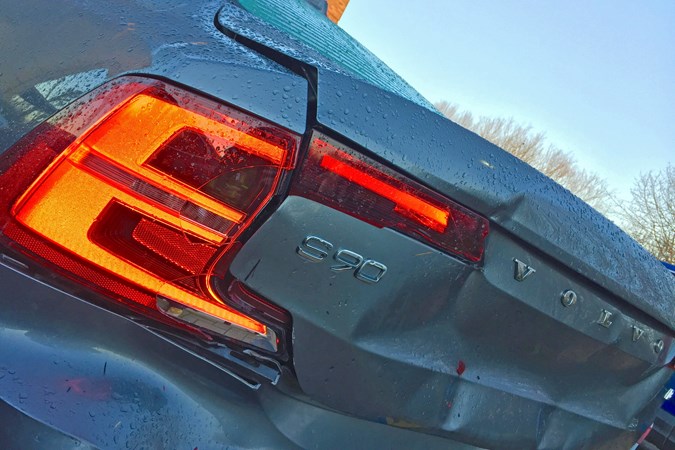
It worked very effectively – I had no neck or back pain whatsoever, and I only visited a medical centre the following day because I had a chronic headache that paracetamol alone wasn’t clearing.
What amused me (under the circumstances) was that in spite of the S90’s bootlid being bent, it still opened and closed electrically, meaning the car could be left securely while it awaited collection.
Plug-in replacement
Before the accident I’d been relatively pleased with the Volvo’s real-world average of 44mpg. Okay, that’s considerably shy of the 58.9mpg official claim on the ‘old’ NEDC-based fuel consumption test cycle, but given that much of my commute is a 50-mile slog on the A1 at motorway speeds it was on par with many superminis. Not at all bad for a luxurious five-seater saloon.
As a replacement, Volvo furnished me with a T8 Twin Engine plug-in hybrid (PHEV) S90 in sportier R Design. In the right circumstances, S90s in this guise can offer around 30 miles of zero emissions electric driving and a claimed average of 134.5mpg – that despite its 303hp power output and 5.1-second 0-62mph acceleration time.
What the S90 isn’t is a sports saloon. Quicker than my long-term D5, certainly, but not more engaging to drive – save for the thrusting electrically assisted acceleration.
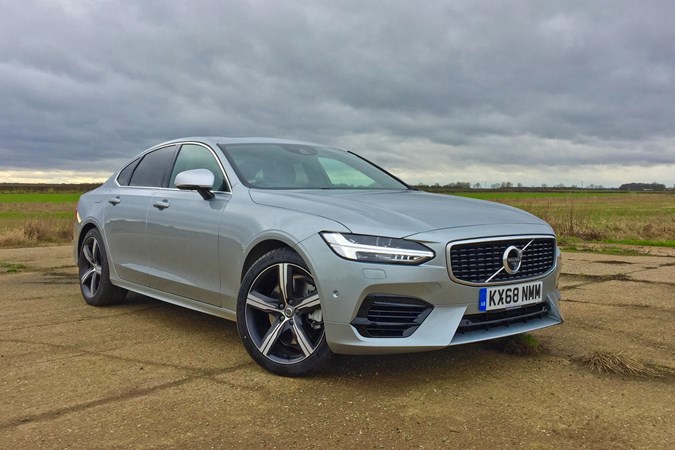
That first 50-mile stretch offered impressive efficiency, too. The battery pack was fully depleted at the 22-mile point, but by the time I’d turned off at the A46 close to Newark it was still showing an indicated 88mpg.
Sadly it didn’t last. Unladen, the T8 weighs two tonnes, so when the batteries are empty the petrol engine has to haul around some considerable heft without electrical assistance. A slow trudge through Lincoln, followed by a 20-mile B-road blast on the other side of the city say that indicated average drop to just 31mpg. Hardly impressive.
I’m a firm believer that electrification is the way the car industry needs to go, but this kind of PHEV doesn’t work for my commute. The D5 diesel is a much better bet, but a fully electric S90 with a 240-mile range would be better still. I can but dream.
Update 5: On the road again
Wind the calendar on by three months and my long-term S90 D5 finally returned, looking just as handsome as it did before it was remodelled by the aforementioned Discovery Sport driver.
Not only did it look as good as before, it felt no different to drive, either, reflecting the impressive strength inbuilt into every Volvo.
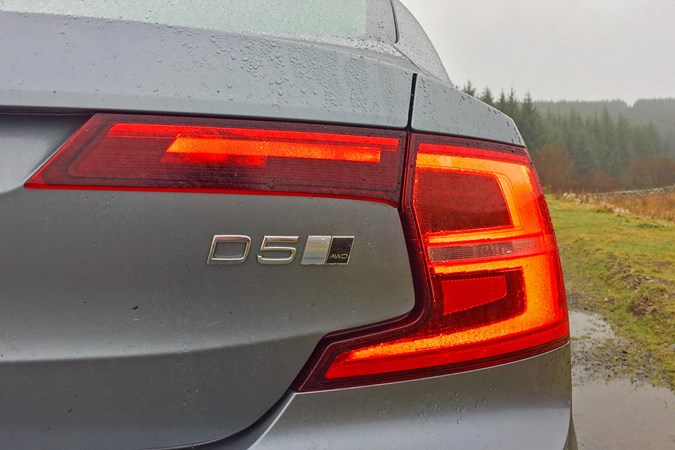
Regardless of which long-termer I’m running, I always make a point of driving it at some point to the land of my ancestors, on the shores of Lochinvar in Dumfries and Galloway, nestled in Scotland’s southwest. Not only is it beautifully peaceful – you can be hours and not see any other life aside from roaming sheep – the twisting, variable surface roads highlight many qualities and detractions in the chosen car.
Return to efficiency
Schlepping up the A1, across the A66 and towards Scotland on the M6 on a Sunday morning means few hold-ups, and with such consistency brings fuel efficiency gains – nor does the lack of traffic trouble Volvo’s excellent adaptive cruise control wizardry – where a constant gap is maintained to the vehicle in front – all that much either.
Such was the featherlight touch of my eco driving, swift progress was made without sacrificing apparent economy. According to the Volvo’s on-board trip computer, on especially smooth sections of flat motorway, the S90 was managing to average 49mpg. I’ll take that.
Into the wilds
Eventually I ducked off the A75 to venture onto the single-tracked roads that dominate this corner of Scotland, an endeavour made all the more entertaining by a dense curtain of summertime fog. At least the S90’s LED foglights could demonstrate they annoyed other drivers far, far less than those automatic main beams.
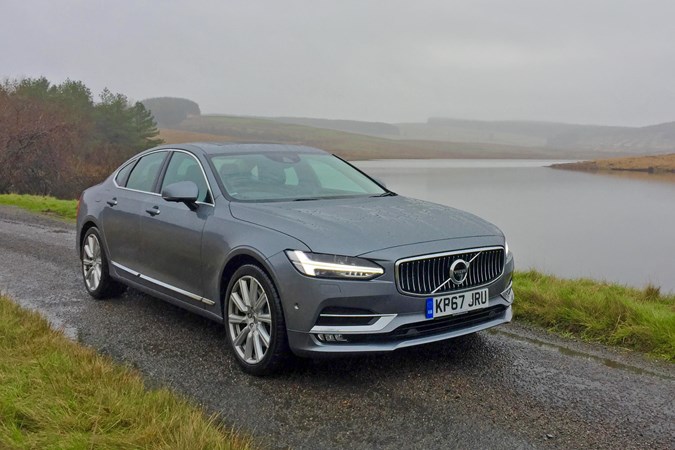
All remained safe, secure and cosy in the Volvo’s cabin – with the heated seats and steering wheel all switched on despite the calendar suggesting it should have been shorts weather.
Along the track – ‘road’ is far too generous a word for the route to Lochinvar – the Volvo’s lack of adaptive suspension (to soften the ride further) and enlarged wheels shod with shallow-height tyres, conspire to make the S90 shake around over the poorly metalled surfaces and frequent cattlegrids.
The seats themselves are supremely comfy, but they can’t disguise the jolts – many of which are noisy – bellowing throughout the car’s structure. Anyone in the car will be immediately aware of clutter and detritus rattling around in cubbies and pockets, but once that’s wedged in such a manner so that it can’t move you’re also aware of what you can’t hear.
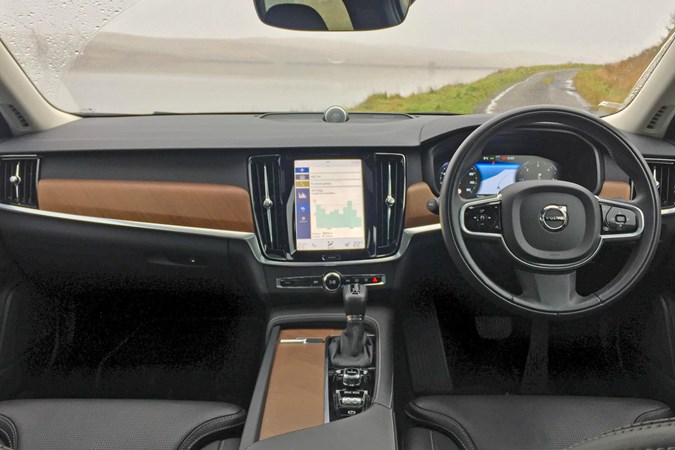
Aside from the squeak of clothing against leather, there are no rattles or vibrations from any of the interior fixings or trim. This is a car that’s exceptionally well-built.
More disappointing, by the time I’d parked-up by the loch to enjoy my packed lunch, average economy had dropped to an indicated 40.3mpg.
Nit-picking time
Of course, no car is perfect, but there’s been little about the S90 that’s particularly grated with me.
The sunroof isn’t something I’ve used very much at all, other than to check it works, so it’s essentially a small window to the sky, allowing some more light to enter the cabin. I’d personally prefer a full-length fixed glass roof to make the interior even more inviting – with all that black leather, it can look a bit stark.
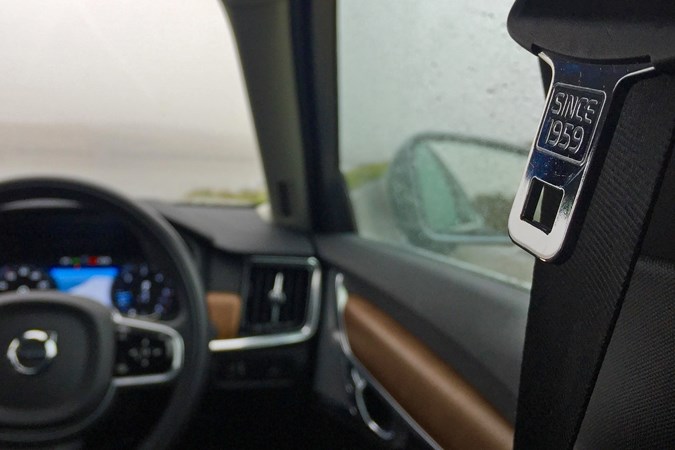
A couple of non-car-enthusing friends have suggested that some of the detailing is a bit try-hard, such as ‘Since 1959’ being emblazoned on the seatbelt buckles (Volvo invented the now commonplace three-point seatbelt in that year) and the small Swedish flag label embroidered into the seam on the driver’s seat. I’ve no problem with them.
What I do take issue with is that Sensus multimedia portrait touchscreen for operating many of the controls. Not the notion of the screen itself that bothers me, more just the some of the actions can be unnecessarily fiddly, particularly combined with the jiggly ride. Operating the vertical slider with an index finger requires a deft touch that I’m clearly lacking, particularly navigating between half-degree markers.
I’m an ardent user of Apple CarPlay, too, and while the graphics are sharp on-screen, the system only displays it in the bottom third, with Volvo’s own infotainment operating system being visible in the majority of the screen. Being so small, the fiddliness issue comes to the fore again. And yes, I could use Siri, but I’m still slowly conditioning myself to feel comfortable talking to inanimate objects.
Finally, really scraping the barrel here, when the folded-over rear seats are raised back into position, the headrests still have to be pushed back up manually – despite dropping automatically. It’s not caused me a problem, but a couple of times the kids have got into the back and clouted their faces on the headrests as they protrude forwards.
Overall, though, my gripes are few – which is one of the primary reasons I find it so endearing.
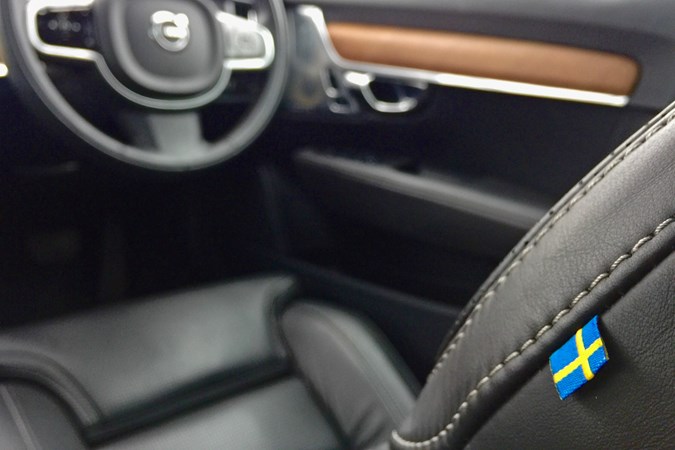
Update 6: Goodbye, eventually
Six months, 12,400 miles, one crash and some expertly repaired bodywork later, it was time for the S90 to return to Volvo. This was a sad day, as I’d quickly become fond of it – not just because it saved me from a potentially nasty injury – but because it just felt right every time I climbed aboard. Like the reassuring comfort of sitting in your favourite chair, wearing sloppy jogging bottoms and dunking chocolate digestives into a mug of tea, the Volvo made you feel good.
Here’s the thing, though: in many regards, the S90 isn’t quite as good as many of its key rivals, yet given the financial opportunity, it’s the one I’d buy with my own money, albeit with a couple of caveats thrown in.
So, what do I mean?
I really like how the Jaguar XF drives, negotiating that fine balance between engaging handling and a comfortable ride quality, but could I live with one everyday? Not with the cheap feeling interior and lacklustre styling. So much of the drama that made the original XF desirable is lost in the second-generation model. So the Volvo it is, albeit with the optional adaptive suspension to soften the ride quality and improve handling – it still wouldn’t match the Jag, but it’s much closer.
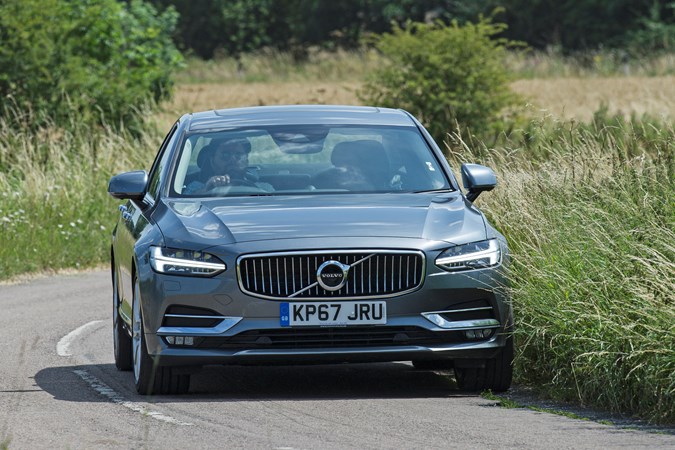
Interior-wise, the Audi A6 trumps all of its key rivals for quality and useable touchscreens, yet somehow it conspires to feel cold and clinical. There’s a warm homeliness to the Volvo in comparison, but for my tastes I’d want a much paler hue for the leather.
What about the Mercedes-Benz E-Class? There’s a lot to like about the Merc, but while there’s a wealth of impressive technology on board, there’s also a lot of superfluous stuff that for me just becomes a traffic light distraction rather than something that’s going to make my experience with the car fundamentally better. There’s less of that kind of thing going on with the Volvo and it feels all the better for it.
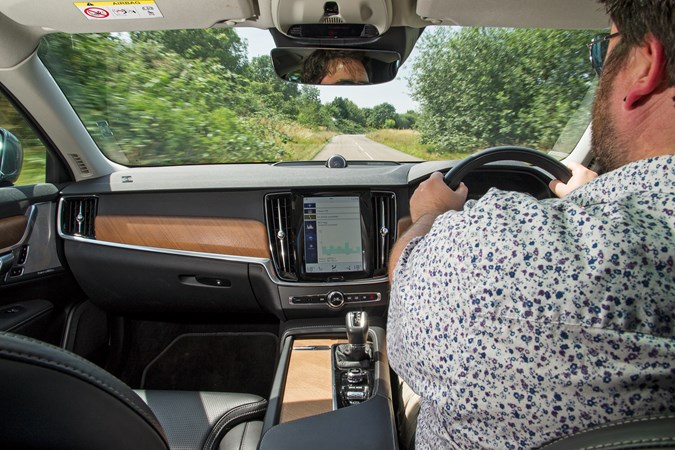
That really only leaves the omnipresent BMW 5 Series as the key alternative. It does most things brilliantly, and other things very well indeed, but I couldn’t bring myself to desire one simply because they are everywhere. Deservedly popular, yes, but I’d want something a little less obvious. That’s exactly what the Volvo is.
There’s even more to it than that…
Whether we’re buying a little runabout to get to the shops or a family bus to ferry kids and their friends here, there an everywhere, there’s always an element of a car being an emotional purchase, and here the Volvo particularly appeals.
Image is a difficult thing quantify exactly, but for me Volvo represents a stylish dependability, that doesn’t feel the need to follow the crowd – it has the self-confidence to plough its own furrow. And sure, while I can’t be accused of being remotely stylish, those other qualities as ones I aspire to be like. Without wishing to sound too pretentious, it speaks to me.
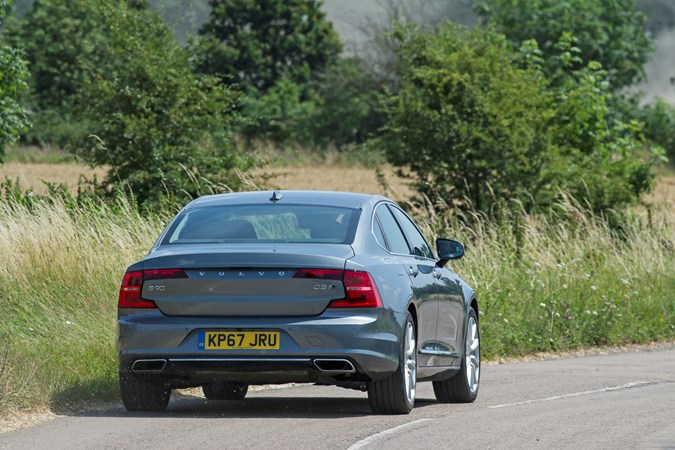
Plus, there’s that personal timeline, of a childhood where my fascination for cars was fostered with a series of Volvo 244s is a reassuring backdrop. If only the button-back leather still featured on the options list.
Is this spec the one to have?
In D5 guise you have the sweet spot of the S90 line-up in terms of real-world performance and efficiency, although we expect this motor to be phased out later in 2020 when the model is mildly facelifted. It’ll become the B5, featuring mild-hybrid electrical assistance that should see average fuel efficiency reach closer to 45mpg than our 42.2mpg.
Volvo’s rejigged the trim levels since our S90 was built, reducing the choices to Momentum Plus, Inscription Plus and R-Design Plus. The top two are significantly more attractive, but I’ve always veered towards luxury fittings over sportier ones, so Inscription Plus would be my choice. With the aforementioned lighter leather and adaptive suspension options.
Not only this, but my time with our used S90 has also highlighted that if you can’t stretch to a brand new model, a pre-owned one through Volvo’s Selekt scheme is a very reassuring way of buying a secondhand car.
Just be conscious that PCP deals on used cars rarely represent as good value in terms of APR compared with brand new ones – Volvo does offer some very enticing packages on its new metal.
There you have it – go confident, go Volvo.
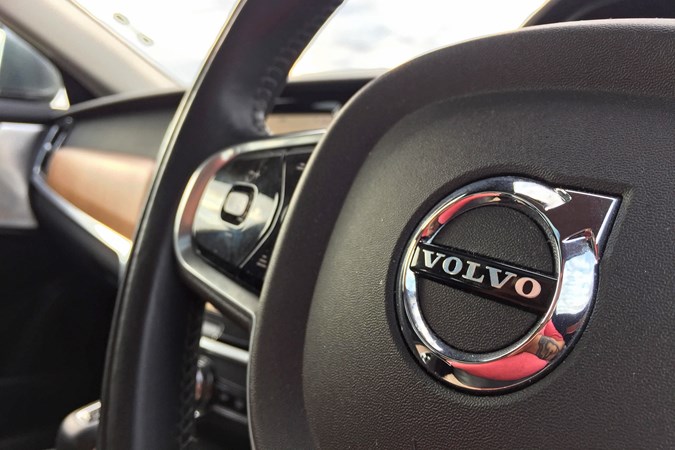



.jpg)
.jpg)
.jpg)
.jpg)
.jpg)
.jpg)
.jpg)
.jpg)
.jpg)
.jpg)
.jpg)
.jpg)
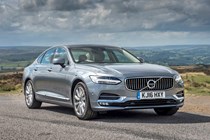
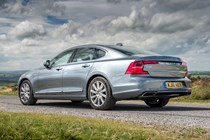
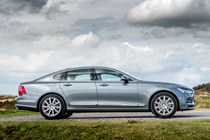
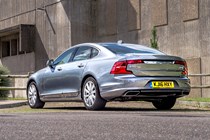
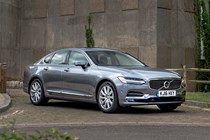
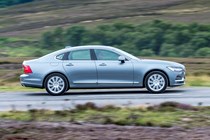

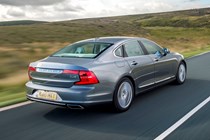
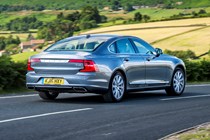

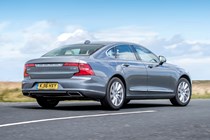
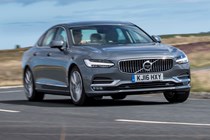
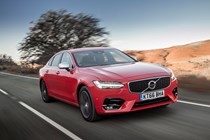
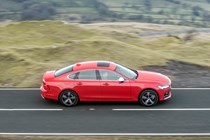
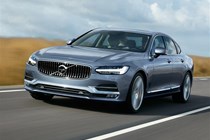

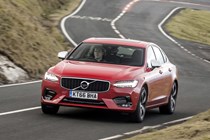

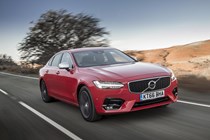
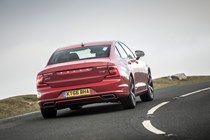
.jpg)
.jpg)
.jpg)
.jpg)
.jpg)
.jpg)
.jpg)
.jpg)
.jpg)
.jpg)
.jpg)
.jpg)
.jpg)
.jpg)
.jpg)
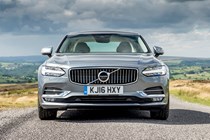
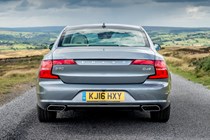
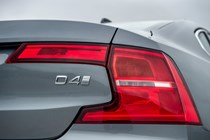
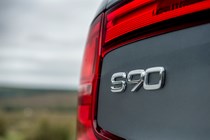
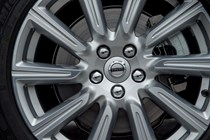
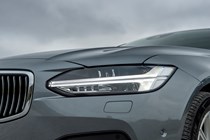
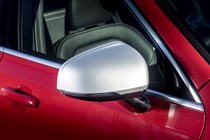
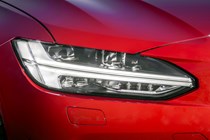
.jpg)
.jpg)
.jpg)
.jpg)
.jpg)
.jpg)
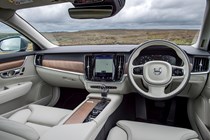
.jpg)
.jpg)
.jpg)
.jpg)
.jpg)
.jpg)
.jpg)
.jpg)
.jpg)
.jpg)
.jpg)
.jpg)
.jpg)
.jpg)
.jpg)
.jpg)
.jpg)
.jpg)
.jpg)
.jpg)
.jpg)
.jpg)
.jpg)
.jpg)
.jpg)
.jpg)
.jpg)
.jpg)
.jpg)
.jpg)
.jpg)
.jpg)
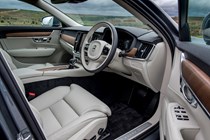

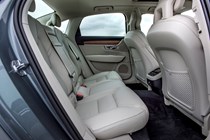
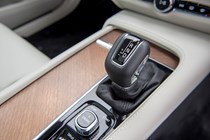
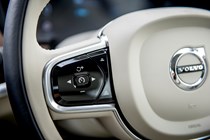
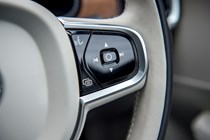
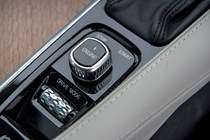
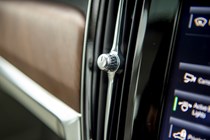
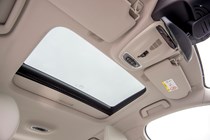
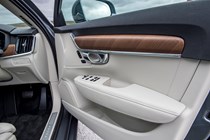
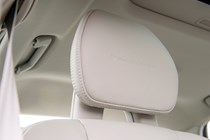
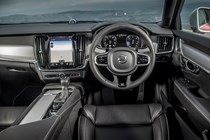
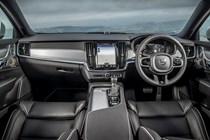
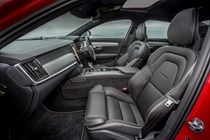
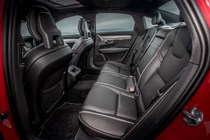
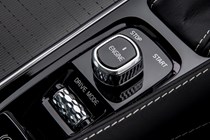
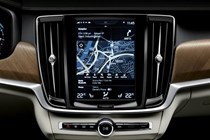
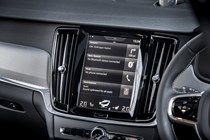
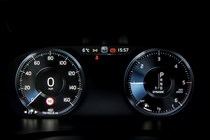
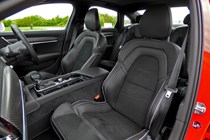
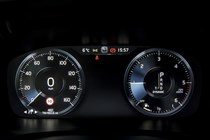
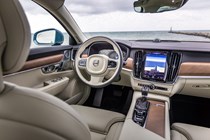
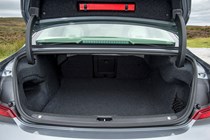
.jpg)
.jpg)
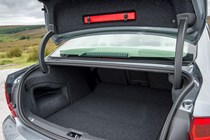
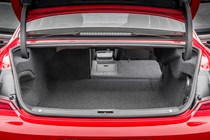
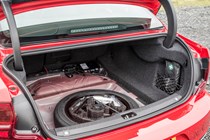
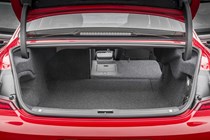
.jpg)
.jpg)
.jpg)
.jpg)
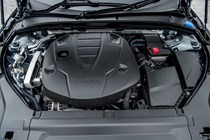
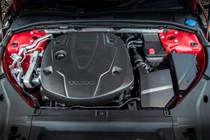

.jpg?quality=50)
.jpg?quality=50)
.jpg?quality=50)
.jpg?quality=50)
.jpg?quality=50)
.jpg?quality=50)
.jpg?quality=50)
.jpg?quality=50)
.jpg?quality=50)
.jpg?quality=50)
.jpg?quality=50)
.jpg?quality=50)




















.jpg?quality=50)
.jpg?quality=50)
.jpg?quality=50)
.jpg?quality=50)
.jpg?quality=50)
.jpg?quality=50)
.jpg?quality=50)
.jpg?quality=50)
.jpg?quality=50)
.jpg?quality=50)
.jpg?quality=50)
.jpg?quality=50)
.jpg?quality=50)
.jpg?quality=50)
.jpg?quality=50)








.jpg?quality=50)
.jpg?quality=50)
.jpg?quality=50)
.jpg?quality=50)
.jpg?quality=50)
.jpg?quality=50)

.jpg?quality=50)
.jpg?quality=50)
.jpg?quality=50)
.jpg?quality=50)
.jpg?quality=50)
.jpg?quality=50)
.jpg?quality=50)
.jpg?quality=50)
.jpg?quality=50)
.jpg?quality=50)
.jpg?quality=50)
.jpg?quality=50)
.jpg?quality=50)
.jpg?quality=50)
.jpg?quality=50)
.jpg?quality=50)
.jpg?quality=50)
.jpg?quality=50)
.jpg?quality=50)
.jpg?quality=50)
.jpg?quality=50)
.jpg?quality=50)
.jpg?quality=50)
.jpg?quality=50)
.jpg?quality=50)
.jpg?quality=50)
.jpg?quality=50)
.jpg?quality=50)
.jpg?quality=50)
.jpg?quality=50)
.jpg?quality=50)
.jpg?quality=50)























.jpg?quality=50)
.jpg?quality=50)




.jpg?quality=50)
.jpg?quality=50)
.jpg?quality=50)
.jpg?quality=50)

